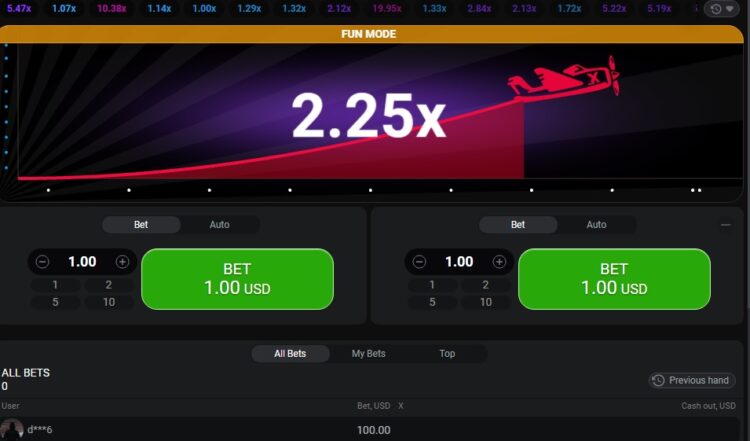
How to Build an Effective Content Calendar Like a Pro?
Do you ever feel like you’re scrambling to post something at the last minute? That’s a common struggle for marketers, bloggers, and business owners trying to keep up with content demands. Without a plan, your content strategy can become chaotic and ineffective. That’s where a decisive content calendar steps in—it brings order, structure, and clarity to your publishing efforts. Whether you’re a solo creator or a seasoned content manager, this article helps you build a content calendar that keeps your workflow smooth and your message consistent.
Start with a Clear Content Strategy
Before diving into dates and deadlines, you must know why you create content. Your calendar should reflect your overall goals—brand awareness, lead generation, engagement, or education. Defining your audience, tone of voice, and key messaging early on sets the stage for every content that follows.
Once your goals are clear, identify the core themes or topics you’ll focus on. These categories give your calendar structure and help you maintain consistency in your messaging.
Choose the Right Tools to Stay Organized
Building a content calendar doesn’t mean you need fancy software. The key is to pick a tool that’s easy to use, shareable with your team, and flexible enough to adapt when things change. Whichever tool you choose, include these essential columns or sections:
- Date of publication
- Content title or idea
- Format (blog, video, social post, etc.)
- Target platform
- Responsible person
- Status (planned, in progress, scheduled, published)
This setup gives you a bird’s-eye view of your content and helps you avoid last-minute stress.
Plan Around Key Dates and Campaigns
One of the biggest advantages of using a content calendar is planning. Start by mapping out essential dates like holidays, product launches, or seasonal trends relevant to your industry. These events can inspire timely and high-impact content.
Next, slot in your recurring content—weekly blog posts, monthly newsletters, or daily social updates. Doing this ensures your calendar stays balanced and you’re not overwhelming your audience with too much or too little.
Leave Room for Flexibility and Spontaneity
Even the most organized calendars need wiggle room. Trends shift quickly, and unexpected opportunities (or challenges) often pop up. That’s why it’s wise to leave some open slots in your schedule for reactive content—like a quick response to a trending topic or industry news.
Having a few “evergreen” pieces ready to go can also be a lifesaver. These timeless posts aren’t tied to a date or event, such as how-tos, FAQs, or beginner guides. They act as backup content when your plans get shuffled, or something urgent takes priority.
Track Performance and Improve Over Time
Your content calendar isn’t just a planning tool—it should evolve based on what’s working. Regularly check the performance of your published content using metrics like views, engagement, shares, or conversion rates. Look for patterns to understand what topics or formats resonate most with your audience.
Over time, use these insights to adjust your content calendar. Maybe blog posts perform better on Mondays, or your audience prefers short videos over long articles. A good content manager knows the value of adapting based on real data, not just instinct. That’s what turns a decent strategy into a great one.
Creating a strong content calendar helps you stay organized, publish consistently, and support your marketing goals with purpose. It takes some effort upfront but pays off with smoother workflows and more impactful content. Whether you’re running a solo blog or managing a team at OpenText, mastering this process makes your content efforts feel less scattered and more strategic. Start building yours today and turn chaos into clarity—your future self will thank you.
Popular Categories





